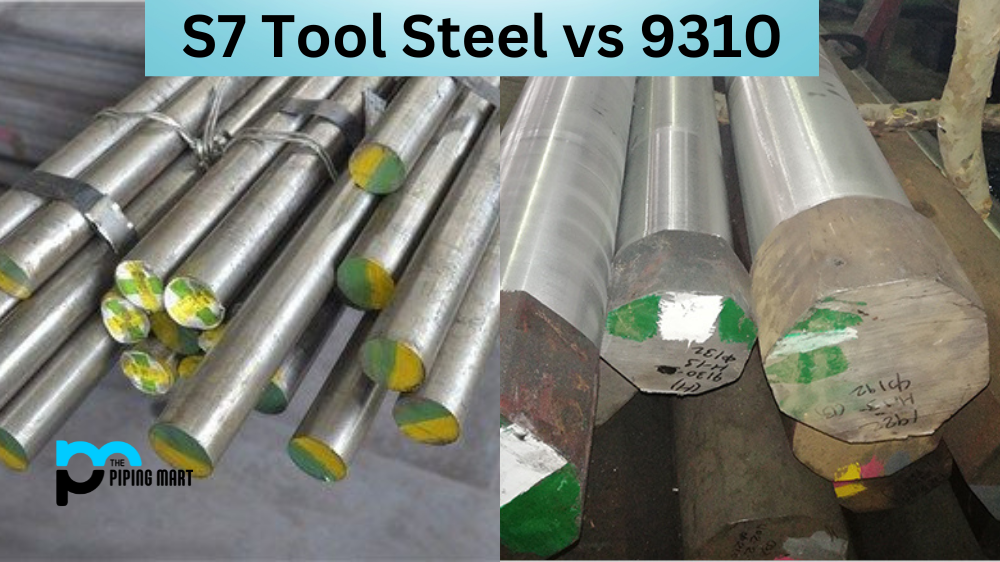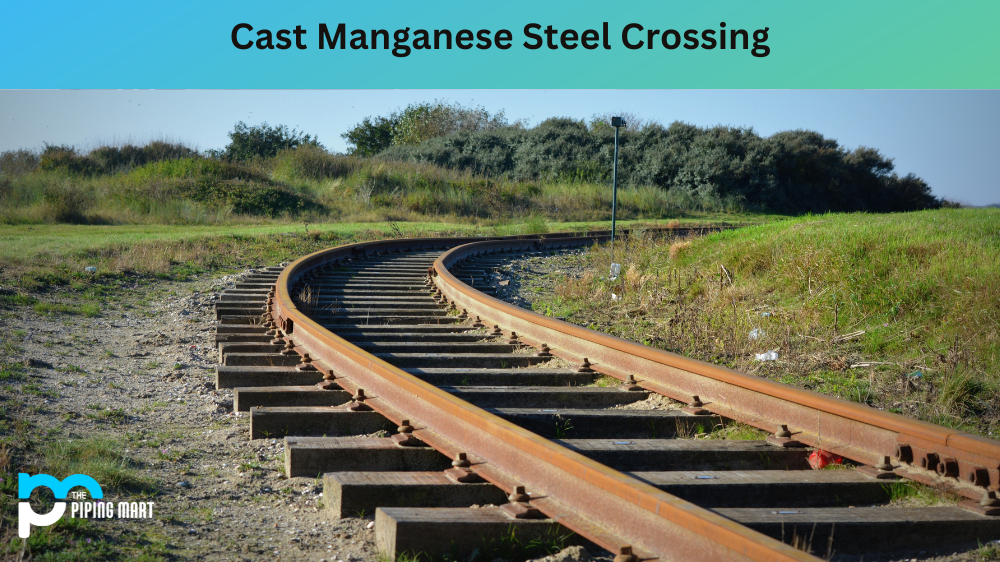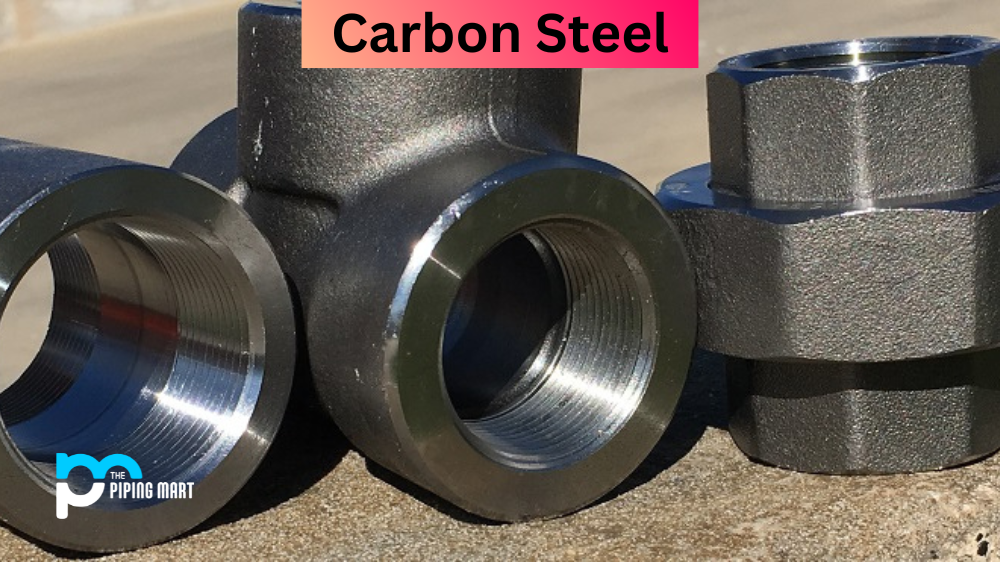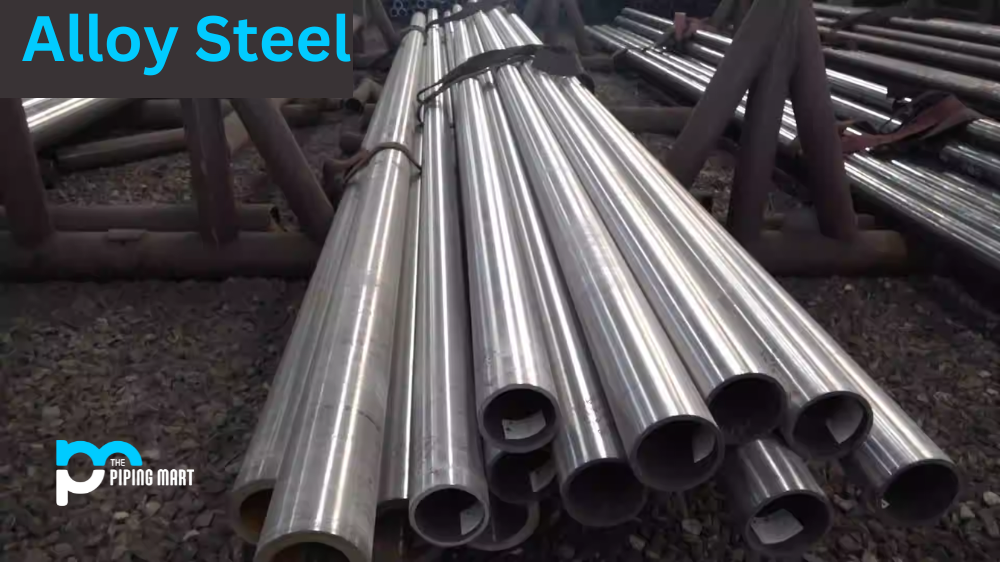Choosing the right type of steel for your project is an important decision that can greatly affect the outcome of your work. Steel is incredibly durable and versatile, but it comes in many different varieties – each with unique properties and applications. S7 tool steel and 9310 are popular materials used in various manufacturing industries. In this blog post, we’ll compare S7 tool steel vs 9310 and examine each material’s advantages and disadvantages. Whether you’re a professional machinist or a DIY enthusiast, this article will provide valuable insights for your next project.
What is S7 Tool Steel?
S7 tool steel is a high-quality steel known for its toughness and wear resistance. It contains high carbon and chromium levels, allowing it to withstand repeated impact and abrasion. S7 tool steel is commonly used in applications such as forging dies, punches, and chisels. It can maintain its hardness at high temperatures, making it ideal for use in hot working tools. S7 also has good machinability and can be easily shaped and formed using standard machining processes.
What is 9310?
9310, on the other hand, is a low-alloy steel commonly used in the aerospace industry. It contains a combination of nickel, chromium, and molybdenum and is known for its high fatigue strength and toughness. 9310 is commonly used in critical aircraft components, such as gears, shafts, and bearings. It also has good welding and forging properties, making it a popular choice for many other industrial applications.
Difference Between S7 Tool Steel and 9310
Composition
When choosing between S7 tool steel vs 9310, some important factors must be considered. One of the main differences between these two materials is their composition. S7 tool steel contains higher carbon and chromium levels, with higher hardness and wear resistance. 9310, however, has a lower carbon content but contains nickel, which gives it higher toughness and fatigue strength.
Uses
Another factor to consider is the intended use of the steel. S7 tool steel is ideal for applications requiring high wear resistance and toughness levels, such as forging dies and chisels. It can also be used in high-temperature applications, making it suitable for hot working tools. 9310, on the other hand, is ideal for applications that require high levels of toughness and fatigue resistance, such as gears and bearings in aircraft components.
Cost
One thing to remember when choosing between these two materials is their cost. S7 tool steel is generally more expensive than 9310 due to its higher carbon and chromium content. However, the added cost may be worth it for applications requiring high wear resistance and toughness levels.
Conclusion
In conclusion, choosing the right steel for your project is an important decision that can greatly affect the outcome of your work. There are several factors to consider when comparing S7 tool steel vs 9310. These include the composition of the steel, the intended use of the steel, and the cost of the steel. S7 tool steel is a great choice for applications that require high wear resistance and toughness, while 9310 is ideal for applications that require high toughness and fatigue resistance. Ultimately, the decision between these two materials will depend on the specific requirements of your project and your budget.

Abhishek is a seasoned blogger and industry expert, sharing his insights and knowledge on various topics. With his research, Abhishek offers valuable insights and tips for professionals and enthusiasts. Follow him for expert advice on the latest trends and developments in the metal industry.




